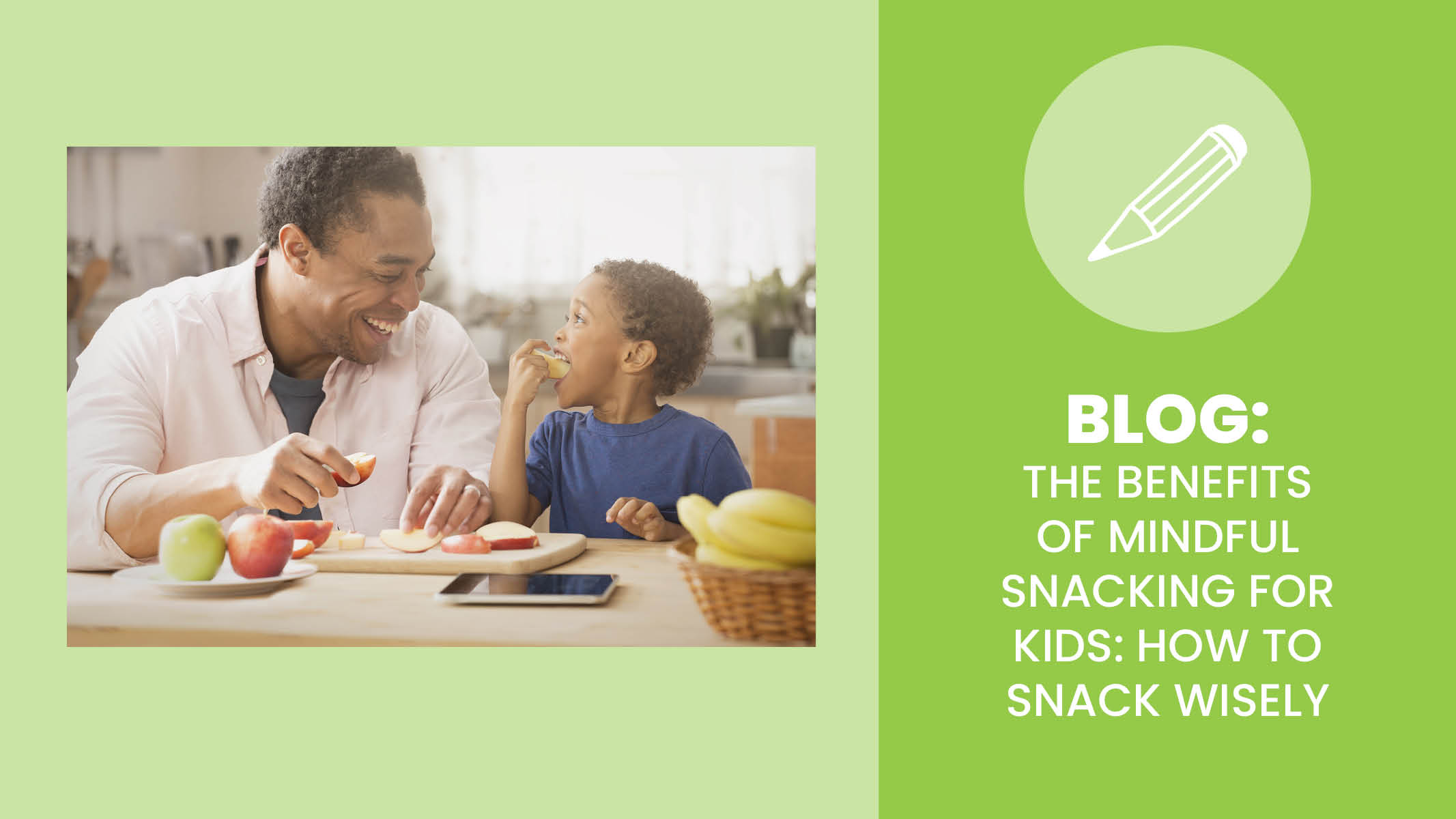In a world full of distractions, teaching kids to be mindful about their snacking habits can have a lasting impact on their overall health and relationship with food. Mindful snacking encourages children to pay attention to their hunger cues, make thoughtful choices, and enjoy their food in a healthy way. In this blog, we'll explore the benefits of mindful snacking and provide practical tips on how to cultivate this practice in your kids.
What is Mindful Snacking?
Mindful snacking involves being fully present while eating, which includes paying attention to the flavors, textures, and smells of food, as well as recognizing when one is hungry or full. This approach encourages children to appreciate their snacks instead of mindlessly munching while distracted by screens or activities.
Benefits of Mindful Snacking
- Enhanced Awareness of Hunger Cues
- Teaching Kids to Listen to Their Bodies: Mindful snacking helps children recognize their body's signals of hunger and fullness, fostering a healthier relationship with food.
- Preventing Overeating: By tuning into their physical sensations, kids are less likely to eat out of boredom or habit, reducing the risk of overeating.
- Improved Enjoyment of Food
- Savoring Flavors: Encourage your kids to take their time with snacks. This allows them to fully enjoy the taste and texture, making eating a more pleasurable experience.
- Building a Positive Attitude Toward Food: When children appreciate their food, they develop a more positive mindset about eating, which can carry over to meals.
- Better Food Choices
- Making Thoughtful Decisions: Mindful snacking promotes intentional choices, helping kids select nutritious options rather than defaulting to sugary or processed snacks. Our Snack BINGO is a fun way to teach your kiddos about nutritious snack choices.
- Exploring New Foods: By being present during snack time, your children may be more willing to try new foods and flavors, expanding their palates. Use our Snack ABC’s poster to help your kids discover new snacks that they would be inspired to try!
- Reduced Emotional Eating
- Identifying Triggers: Some kids may choose to turn to food when they feel stressed or lonely. Teaching kids to be mindful can help them recognize when they're eating out of emotion rather than hunger, leading to healthier coping strategies.
- Developing Healthy Coping Mechanisms: Mindfulness can encourage children to find alternative ways to deal with emotions, such as engaging in physical activity or creative play instead of snacking for comfort. Check out our top breathing techniques to inspire mindfulness and help your kids develop a healthy coping mechanism.
Tips for Encouraging Mindful Snacking
- Create a Snack Routine: Make snack and mealtime a screen-free time. Encourage your kids to snack at the table without screens or toys. This helps them focus on their food and be more aware of what they’re eating.
- Practice Portion Control: Serve snacks in small portions rather than allowing your kids to grab from a large bowl. This encourages them to savor each bite and recognize when they're full. Teach your little ones about portion control through our portion sizes poster pack.
- Encourage Slow Eating: Remind your kids to take small bites and chew thoroughly. This promotes slower eating and allowing them to enjoy the flavors and textures of their snacks.
- Discuss Feelings of Hunger and Fullness: Teach your children to ask themselves questions like, “Am I really hungry?” or “How do I feel after eating this?” to help them tune into their body’s signals.
- Involve Kids in Snack Preparation: Let your kids help prepare their snacks, which can foster a sense of ownership and make them more invested in their choices. Explore our 10 Easy and Fun Snack Recipes to try with your little ones!
- Model Mindful Eating: Demonstrate mindful eating behaviors yourself, showing your kids how you savor your food and listen to your body’s cues.
Mindful snacking is a powerful practice that can help kids develop a healthier relationship with food, improve their enjoyment of eating, and make better food choices. By teaching children to be present during snack time, you can equip them with lifelong skills that extend beyond just snacking.
Ready for more? You’ll also like:
Snack Choices for Kids
Cheat Sheet for Caregivers: Snack List & Nutrition Tips for Kids
SnackNGo


